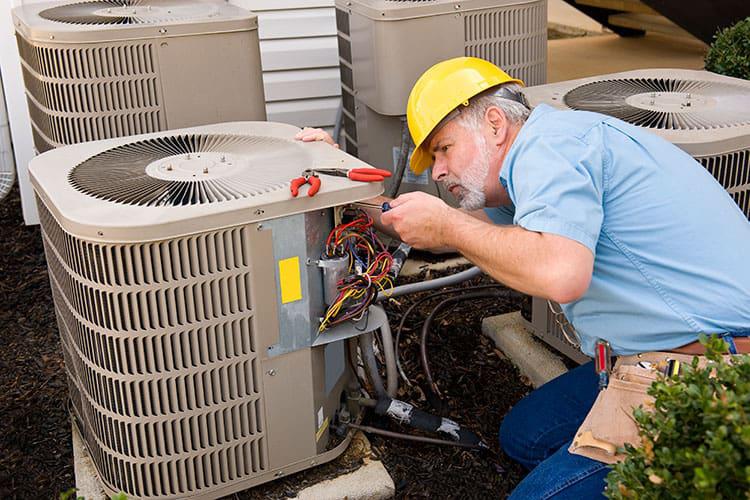Oilfield cementing is a critical process in the oil and gas industry. Cementing is the process of placing a cement mixture into a wellbore, which hardens and creates a barrier to prevent fluids from flowing between different zones in the well. This process is essential for the successful production of oil and gas from a well. The type of cement used in oilfield cementing is typically a blend of cement, additives, and water. The cement must be carefully formulated to meet the specific requirements of the well. For example, the cement must be able to withstand high temperatures and pressures and resist chemical attacks here well to the surrounding rock formations.
Oilfield Cementing Process:
Cementing is typically carried out in several stages. The first stage involves setting a surface casing, which provides a barrier between the wellbore and the surrounding rock formations. Once the surface casing is set, cement is pumped into the annulus between the casing and the wellbore to create a seal. This prevents fluids from migrating up the wellbore and contaminating the surrounding environment. The next stage involves setting intermediate casing, which provides additional support for the well and creates additional barriers to prevent fluid migration. Once the intermediate casing is set, cement is again pumped into the annulus to create a seal.
The final stage of cementing involves setting production casing. This is the casing that is used to produce oil and gas from the well. Once the production casing is set, cement is again pumped into the annulus to create a final seal. This ensures that the oil and gas produced from the well do not mix with other fluids or contaminate the environment.
Types of Oilfield Cementing:
Cementing options can be divided into two categories i.e primary cementing and remedial cementing.
-
Primary Cementing:
The aim of primary cementing is to provide zonal isolation. Cementing is the process of mixing a slurry of cement, cement additives, and water and pumping it down, in the annulus around the casing through the casing to critical point.
-
Remedial Cementing:
Remedial cementing is usually performed to solve problems related with the primary cementing operation. The most economical and successful approach to remedial cementing is to avoid it by thoroughly designing, planning and executing all drilling and completion operations.
-
Zonal Isolation:
Zonal isolation is a critical technique used in oil and gas wells to prevent communication between different zones or formations. It involves placing barriers, such as cement or mechanical packers, between the different zones to ensure that fluids, gas, or pressure do not migrate from one zone to another. Proper zonal isolation is crucial for the safety and efficiency of the well, as it helps prevent cross-contamination of fluids, maintain well integrity, and enhance production.

Benefits of Oilfield Cementing:
-
Provides Wellbore Integrity:
Scaffolding services are essential in oilfield cementing to ensure the integrity of the wellbore. They use the scaffolding to fill the annular space between the casing and the formation, thereby creating a barrier that prevents the migration of fluids from the formation into the wellbore. The scaffolding also provides mechanical support to the casing, preventing it from collapsing or buckling under the weight of the overburden. This is especially important when drilling deep wells or in high-pressure formations where the weight of the rock can cause the casing to deform.
-
Prevents Blowouts:
A blowout is a sudden release of oil or gas from a well. Blowouts can be extremely dangerous, causing damage to the environment, equipment, and personnel. Proper cementing of the wellbore can prevent blowouts by providing a reliable barrier against the flow of fluids from the formation. The cement creates a seal between the casing and the formation that is strong enough to withstand the high pressures and temperatures encountered in the well.
-
Increases Production:
Oilfield cementing can also increase the production of oil and gas from a well. The cementing process creates a better connection between the wellbore and the formation, allowing for a more efficient flow of fluids from the reservoir to the well. The cement also helps to control the flow of fluids by preventing the movement of unwanted fluids from the formation, such as water or gas. This results in a higher production rate and better economic performance of the well.
-
Provides Zonal Isolation:
In some cases, it may be necessary to isolate specific zones in the wellbore to prevent the flow of unwanted fluids or to allow for selective production of oil or gas. Oilfield cementing can create a cement plug to seal off a specific section of the well and provide zonal isolation. It proves beneficial in situations with multiple zones featuring varying fluid properties, such as different oil or gas densities or water-bearing zones that require isolation.
-
Prevents Corrosion:
Oil and Gas Solutions are critical to combat corrosion in the oil and gas industry, especially in wells that produce sour gas or contain high levels of carbon dioxide.
The corrosive nature of these fluids can cause severe damage to the casing and wellbore, leading to leaks, blowouts, and environmental harm.Cementing in the Oilfield is a proven solution that can prevent corrosion by providing a physical barrier between the corrosive fluids and the casing.
Furthermore, the cement also acts as a pH buffer, reducing the acidity of the fluids and preventing corrosion, making it an effective Oil and Gas solution.
-
Facilitates Well Abandonment:
Properly abandoning a well at the end of its useful life is necessary to prevent environmental damage and ensure safety. Oilfield cementing is an essential aspect of well abandonment, as it provides a permanent seal between the wellbore and the formation, preventing the migration of fluids or gas. The cement also provides mechanical support to the casing, preventing it from collapsing or buckling. This ensures that the well remains safe and secure for years to come.
In a Nutshell:
In conclusion, oilfield cementing is a crucial process in the oil and gas industry. It plays a significant role in ensuring the safety, efficiency, and economic performance of oil wells. Proper cementing of the wellbore provides wellbore integrity, prevents blowouts, increases production and provides zonal isolation. Prismecs provides an entire service of cement grinding and storage solutions. Industries prefer to adopt reliable services for oilfield cementing. Our engineers use cutting-edge technology and water proof materials and efficient construction strategies to provide a firm and attractive construction. It is ideal for making projects safe and durable from the hazards of weather.




